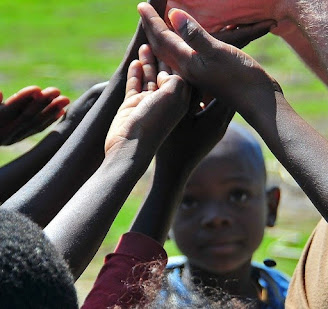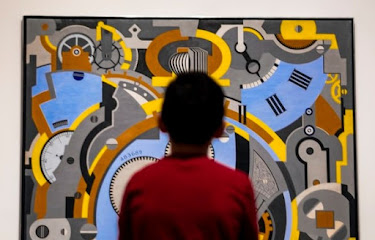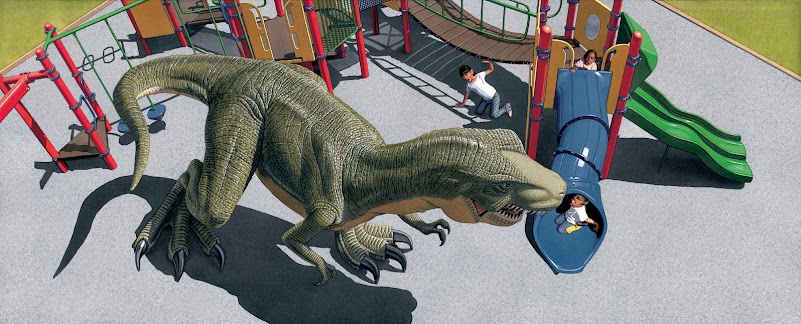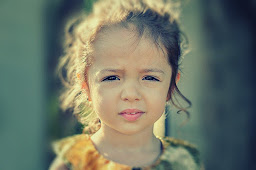4 Learning Principles from Neuroscience: If You Have and/or Work with Young Children, You Should Really Read This

Helm and Snider (2020) recently published a text titled, Growing Child Intellect: The Manifesto for Engaged Learning in the Early Years , which offers a strong argument for why the Project Approach to learning should be front and center in early childhood (PreK-2) classrooms. The Project Approach involves teachers organizing and integrating learning objectives and standards into intellectually stimulating, authentic, student-driven projects. Successful project products (e.g., a brick courtyard path created by preschool children) and their processes are shared throughout this engaging text. Though I encourage anyone interested in learning more about The Project Approach in the early years to read this book, it is the authors’ brain-based justification for using such an approach that I highlight here. Specifically, Helm and Snider offer an amazingly accessible synthesis of how and why our understanding of learning has changed in recent years. Rooted firmly in contemporary neurosc...





